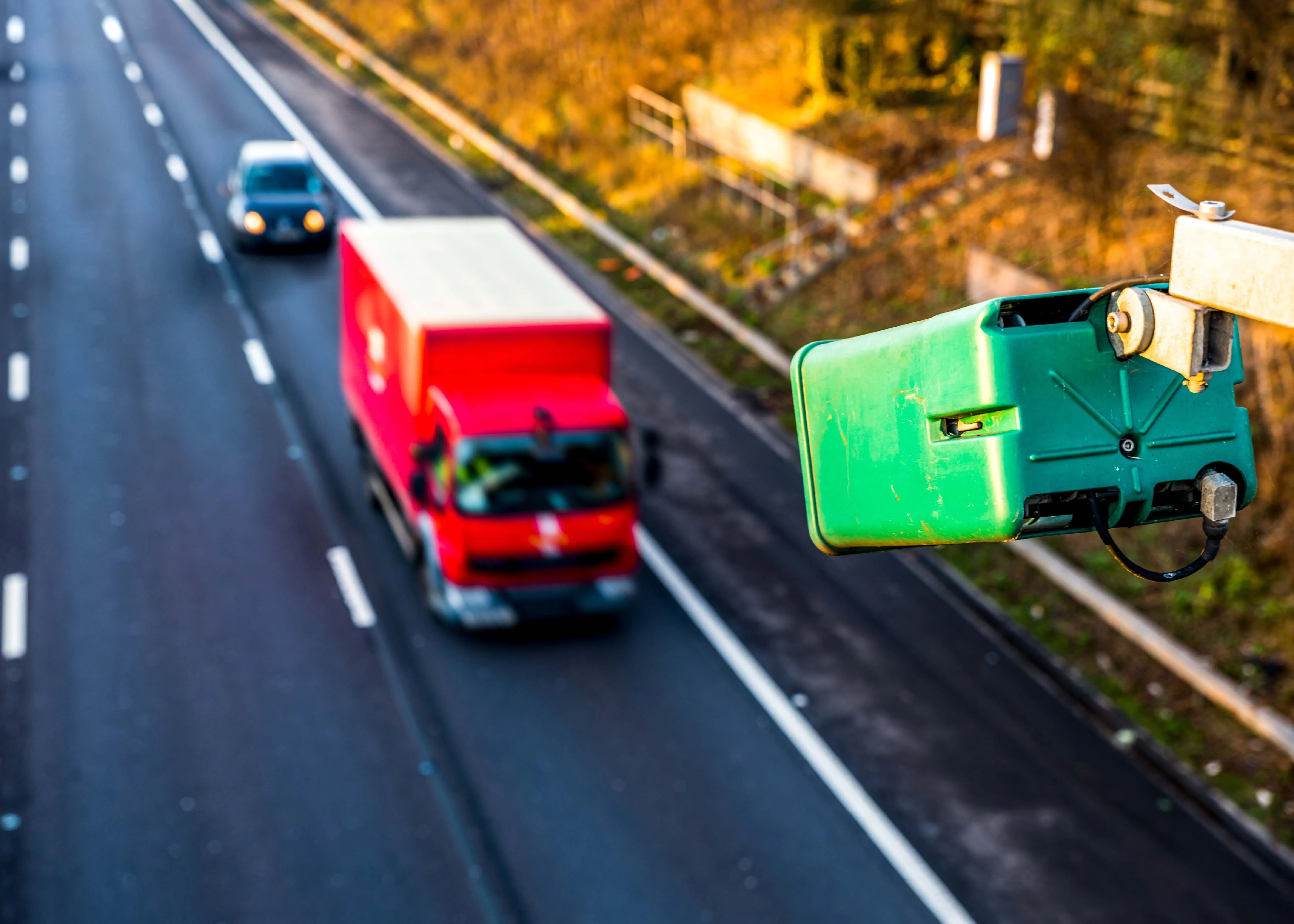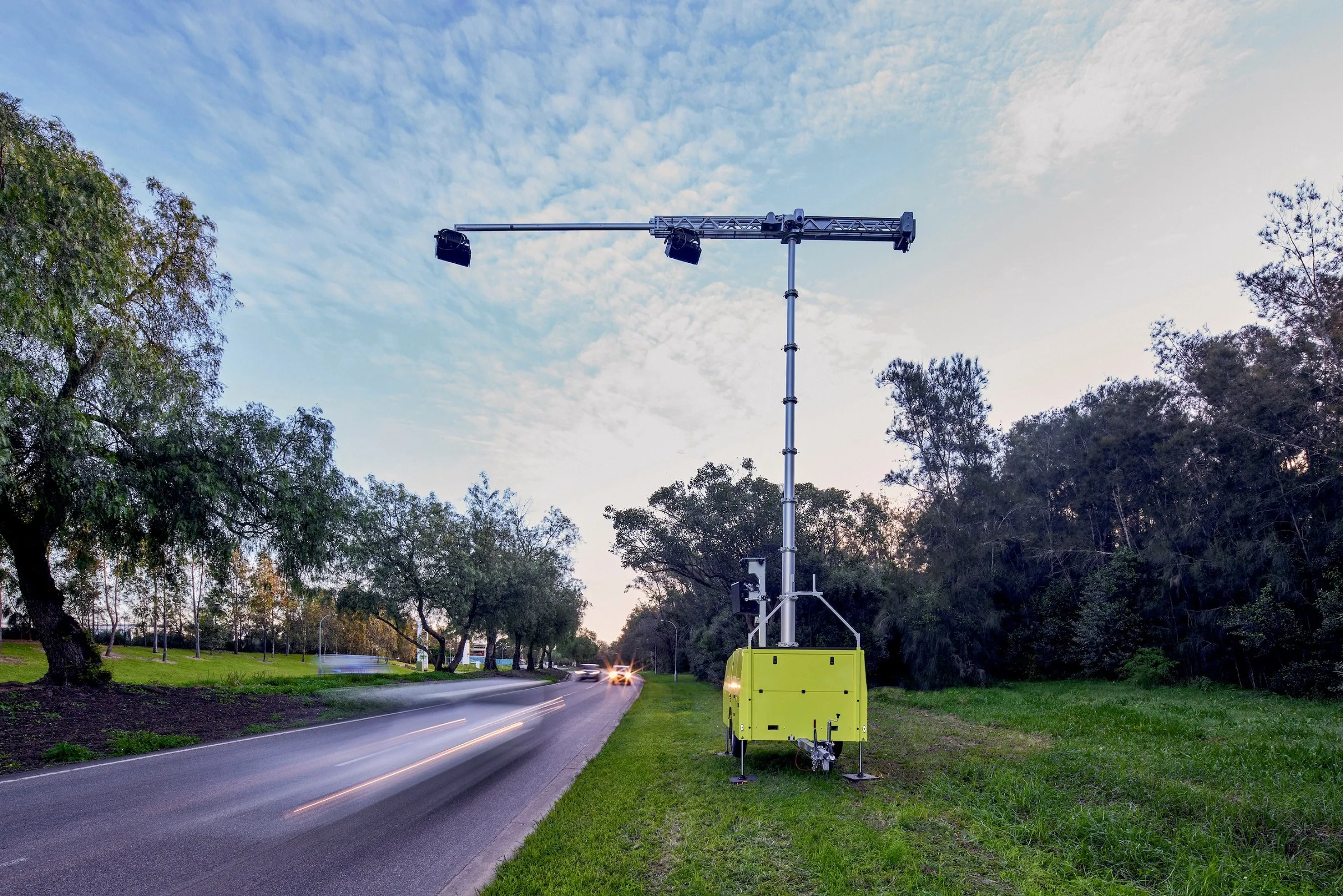The municipality of The Hague in the Netherlands is to move to digital parking enforcement, using Agendum’s Scanman platform, which is already used in the Dutch cities of Amsterdam, Haarlem and Utrecht.
Parking enforcement officers using cars or scooters will scan parked vehicles; the scans are processed by the Scanman system to confirm parking permit validity and data on vehicles without a parking permit are forwarded to on-street parking attendants, who use CityControl’s Sigmax hand-held computer for f
March 4, 2016
Read time: 1 min
The municipality of The Hague in the Netherlands is to move to digital parking enforcement, using 7628 Agendum’s Scanman platform, which is already used in the Dutch cities of Amsterdam, Haarlem and Utrecht.
Parking enforcement officers using cars or scooters will scan parked vehicles; the scans are processed by the Scanman system to confirm parking permit validity and data on vehicles without a parking permit are forwarded to on-street parking attendants, who use CityControl’s Sigmax hand-held computer for further review and issue of enforcement notices.
According to Agendum, the system offers a considerable increase in efficiency in the enforcement process; using a vehicle to scan parked cars produces an average of 1,250 scans per hour, whereas one parking attendant on foot will scan an average of 70 vehicles per hour.
Parking enforcement officers using cars or scooters will scan parked vehicles; the scans are processed by the Scanman system to confirm parking permit validity and data on vehicles without a parking permit are forwarded to on-street parking attendants, who use CityControl’s Sigmax hand-held computer for further review and issue of enforcement notices.
According to Agendum, the system offers a considerable increase in efficiency in the enforcement process; using a vehicle to scan parked cars produces an average of 1,250 scans per hour, whereas one parking attendant on foot will scan an average of 70 vehicles per hour.









